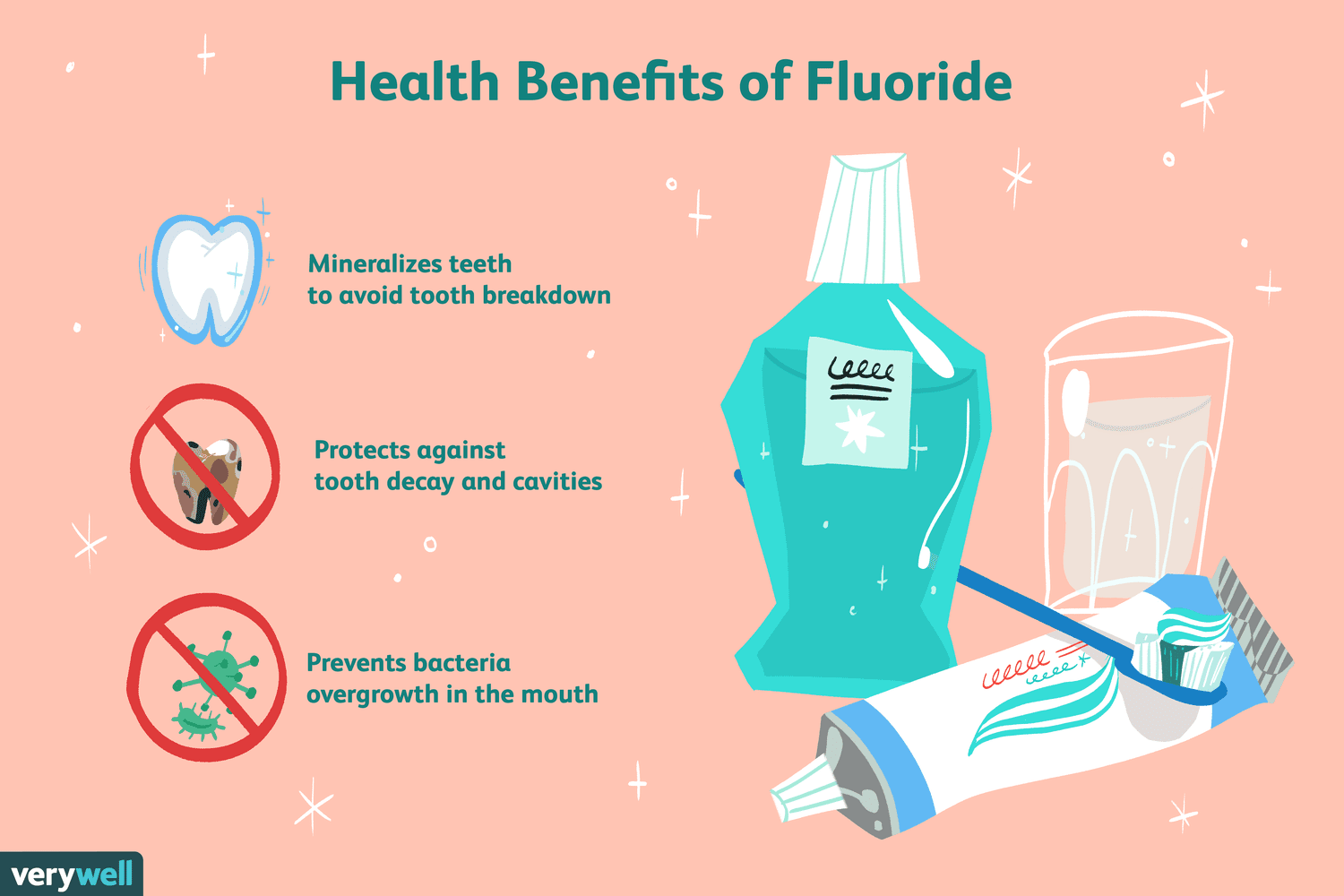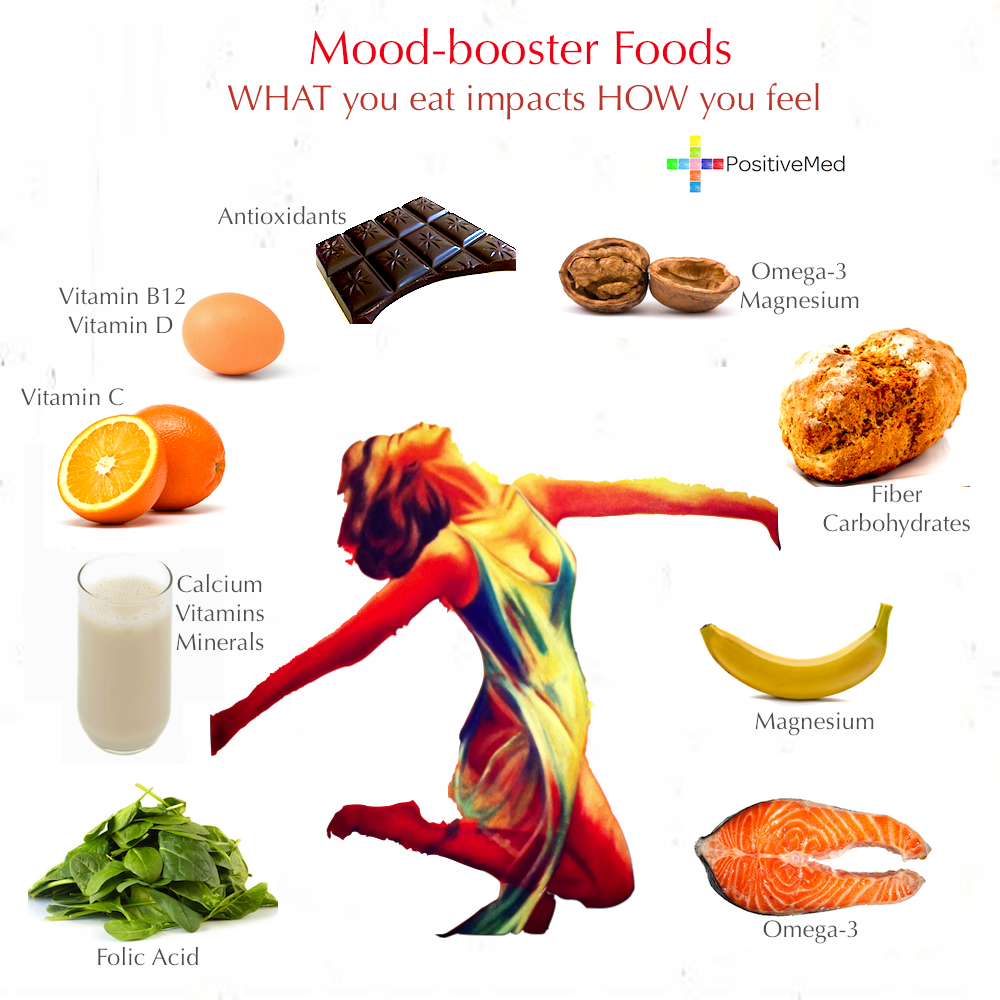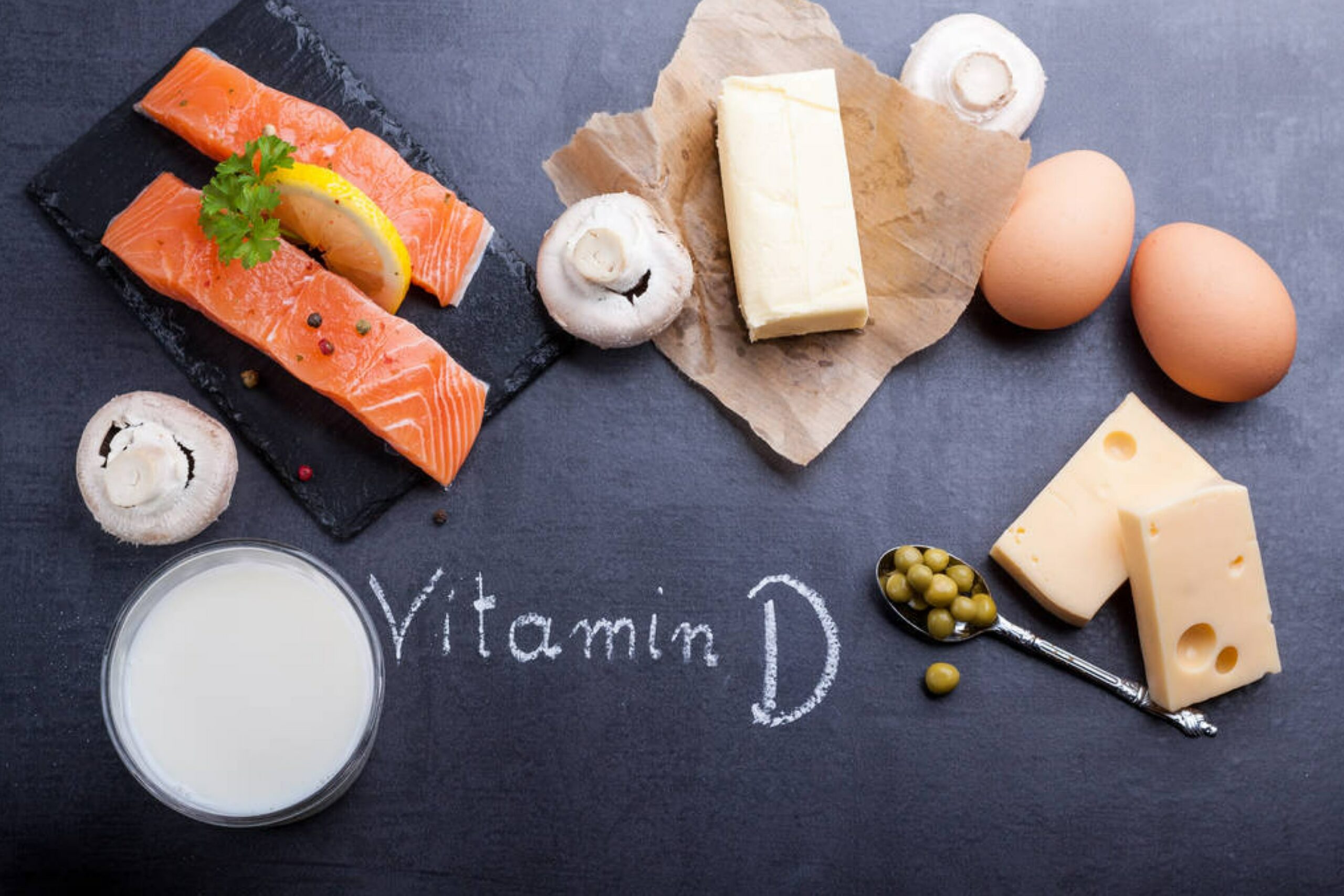A lactose-free diet is necessary for individuals who are lactose intolerant, meaning they have difficulty digesting lactose, a sugar found in milk and dairy products. Lactose intolerance occurs when the body lacks enough of the enzyme lactase, which is responsible for breaking down lactose into simpler sugars for absorption. While lactose intolerance varies in severity among individuals, following a lactose-free diet can help manage symptoms such as bloating, gas, diarrhea, and abdominal discomfort. This comprehensive guide aims to provide information on foods to eat and avoid when following a lactose-free diet, along with tips for maintaining a nutritious and balanced eating plan.
Foods to Eat on a Lactose-Free Diet
Non-Dairy Milk Alternatives
Opt for lactose-free milk alternatives such as almond milk, soy milk, rice milk, coconut milk, or oat milk. These alternatives are made from plants and do not contain lactose, making them suitable substitutes for cow’s milk in recipes, cereals, and beverages.
Dairy-Free Yogurts
Choose dairy-free yogurts made from coconut milk, almond milk, soy milk, or other plant-based ingredients. These yogurts offer similar probiotic benefits as traditional yogurt without the lactose content.
Hard Cheeses
Certain hard cheeses, such as cheddar, Swiss, Parmesan, and mozzarella, are naturally low in lactose due to the fermentation process. While they may still contain trace amounts of lactose, many lactose intolerant individuals can tolerate small servings of hard cheese without experiencing symptoms.
Lactose-Free Dairy Products
Look for specially formulated lactose-free dairy products, including milk, cheese, yogurt, and ice cream, available in most grocery stores. These products have been treated with the enzyme lactase to break down lactose, making them easier to digest for individuals with lactose intoleranc
Dairy-Free Sources of Calcium
Ensure an adequate intake of calcium by including dairy-free sources such as fortified plant-based milks, tofu, leafy greens (e.g., kale, spinach), almonds, sesame seeds, and canned fish with bones (e.g., salmon, sardines) in your diet.
Fruits and Vegetables
Incorporate a variety of fruits and vegetables into your meals and snacks to provide essential nutrients, fiber, and antioxidants. Fresh, frozen, or canned options are all suitable choices, but be cautious with canned fruits in syrup, as they may contain added sugars.
Grains and Starches
Enjoy a variety of grains and starches such as rice, quinoa, oats, corn, potatoes, sweet potatoes, and gluten-free alternatives like rice flour or cornmeal. These foods serve as excellent sources of carbohydrates and energy in a lactose-free diet.
Protein-Rich Foods
Include protein-rich foods like lean meats, poultry, fish, eggs, legumes (e.g., beans, lentils, chickpeas), tofu, tempeh, and seitan to meet your body’s protein needs without relying on dairy products.
Foods to Avoid on a Lactose-Free Diet
Dairy Milk and Cream
Avoid regular cow’s milk and cream, as they contain high levels of lactose that can trigger symptoms of lactose intolerance. Instead, opt for lactose-free milk or non-dairy alternatives.
Soft Cheeses and Cream-Based Products
Steer clear of soft cheeses such as cottage cheese, ricotta, cream cheese, and Brie, as well as cream-based products like sour cream, cream soups, and creamy sauces, as they are rich in lactose and may exacerbate symptoms.
Processed Foods with Hidden Lactose
Read food labels carefully to identify hidden sources of lactose in processed foods, including baked goods, breakfast cereals, salad dressings, sauces, processed meats, and snack foods. Ingredients like whey, casein, milk solids, and lactose may indicate the presence of lactose in these products.
Some Medications and Supplements
Be aware that certain medications and supplements may contain lactose as a filler or binding agent. Consult with a healthcare professional or pharmacist to ensure that any medications or supplements you take are suitable for a lactose-free diet.
Dairy-Based Desserts and Confections
Avoid desserts and confections made with dairy ingredients, such as ice cream, custard, pudding, milk chocolate, and creamy desserts like mousse or cheesecake, as they typically contain lactose.
Processed Beverages
Be cautious of processed beverages like flavored coffees, cocoa mixes, and meal replacement shakes, as they may contain dairy-derived ingredients or lactose.
Dairy-Based Condiments
Check the labels of condiments such as butter, margarine, mayonnaise, and salad dressings for any lactose-containing ingredients, and opt for lactose-free or dairy-free alternatives when possible.
Tips for a Balanced Lactose-Free Diet
Read Food Labels
Become familiar with reading food labels to identify lactose-containing ingredients and choose suitable alternatives accordingly. Look for products labeled as “lactose-free” or “dairy-free” to ensure they are safe for consumption.
Experiment with Dairy-Free Recipes
Explore dairy-free recipes and cooking techniques to prepare delicious and nutritious meals without relying on dairy products. Experiment with plant-based ingredients, herbs, and spices to enhance flavors and textures in your dishes.
Plan Meals and Snacks
Plan your meals and snacks in advance to ensure a balanced and varied diet that meets your nutritional needs. Incorporate a variety of foods from different food groups to provide essential nutrients and prevent dietary monotony.
Consider Calcium Supplements
If you struggle to meet your calcium needs through diet alone, consider taking calcium supplements under the guidance of a healthcare professional to support bone health and prevent deficiency.
Monitor Symptoms
Pay attention to how your body responds to different foods and beverages, and keep track of any symptoms or discomfort you experience. This information can help identify trigger foods and make adjustments to your diet accordingly.
Seek Guidance from a Registered Dietitian
Consult with a registered dietitian or healthcare provider for personalized guidance and support in managing lactose intolerance and maintaining a healthy lactose-free diet. They can provide tailored recommendations based on your individual dietary preferences, health goals, and nutritional requirements.
In conclusion,
a lactose-free diet involves avoiding lactose-containing foods while selecting suitable alternatives to meet your nutritional needs. By focusing on lactose-free or dairy-free options and incorporating a variety of nutrient-rich foods into your meals and snacks, you can maintain a balanced and enjoyable eating plan that supports overall health and well-being. Remember to consult with a healthcare professional or registered dietitian for personalized advice and guidance in managing lactose intolerance and optimizing your dietary choices.
- Tropical Taste Adventure: Melo’s THC Beverage Bliss! - May 18, 2024
- Unlocking Wellness: A Personal Journey with Just CBD’s CBD Capsules - April 2, 2024
- Benefits of Wormwood Supplements - April 1, 2024




